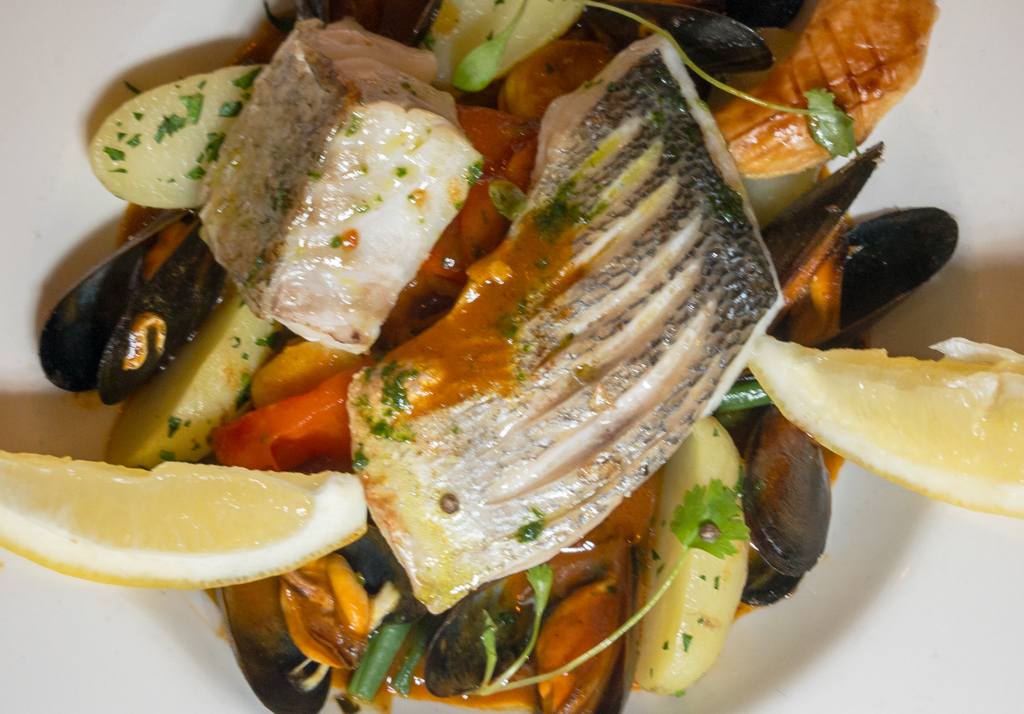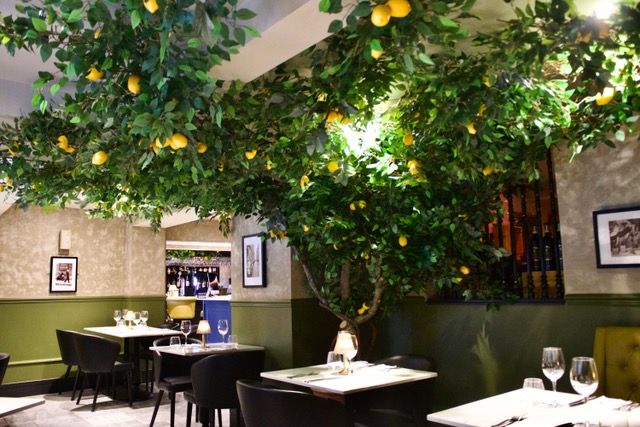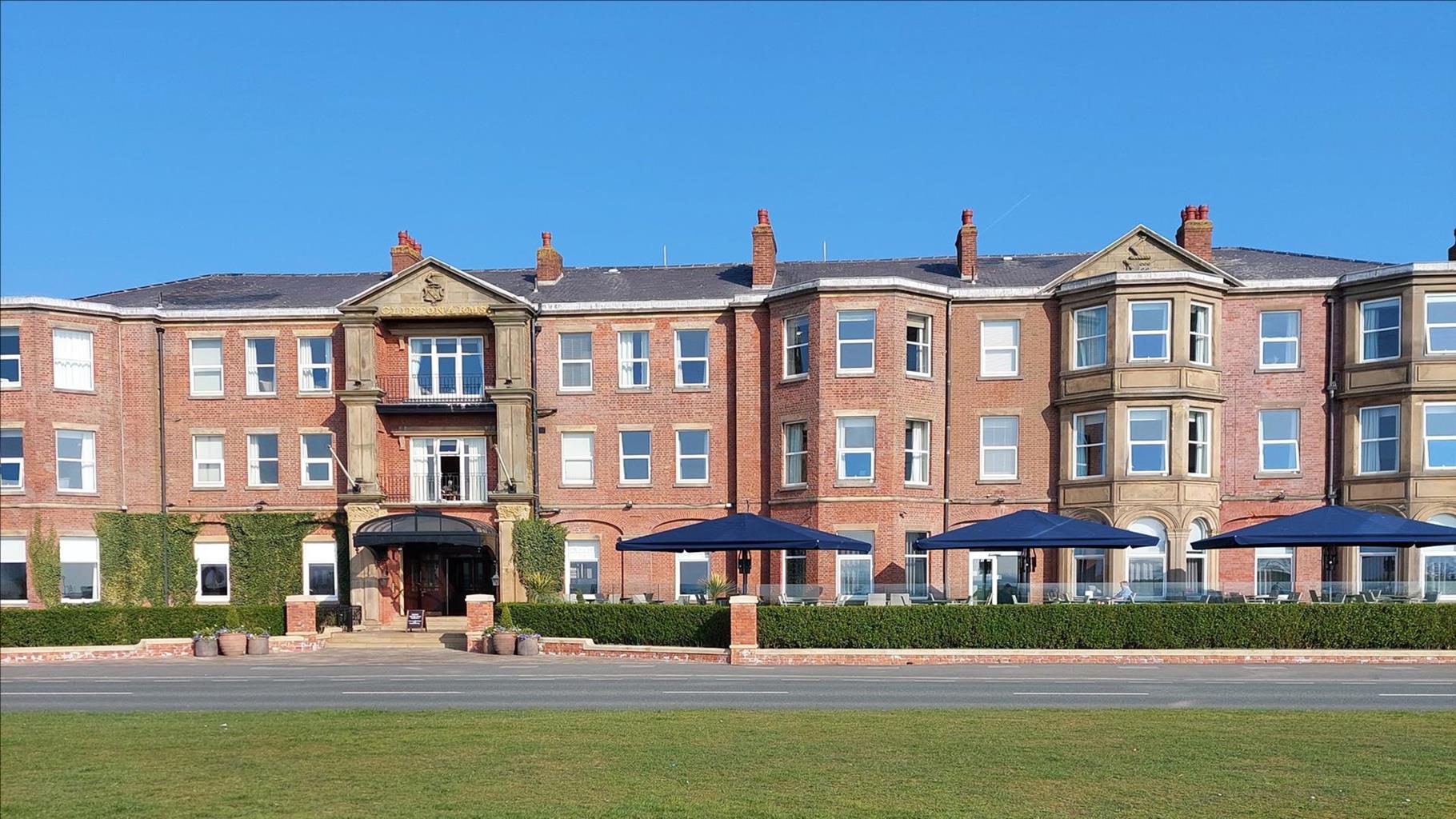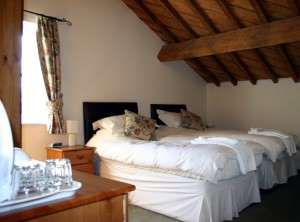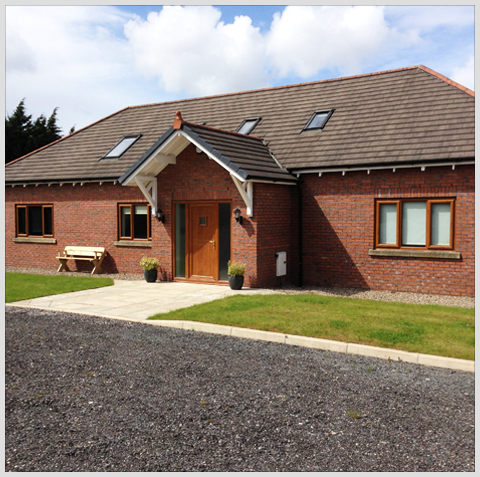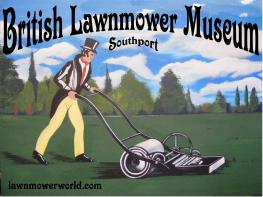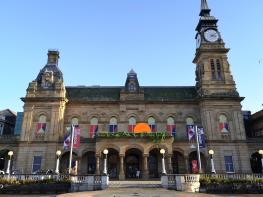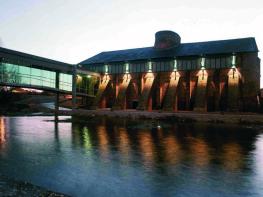Located a short drive from Southport, The Farm Burscough offers three cosy en-suite bedrooms in…
Lancashire's 'fens' and Martin Mere

An easy walk on the West Lancashire Coastal Plain, under wide skies, around a great bird centre.
5.25 miles (8.4kms)
About the walk
The levels of southwest Lancashire seem to provide easy travelling: there are miles of canal with no locks and roads and railways with scarcely an incline – and there's easy walking too. However, for most of history these lowlands were an obstacle. Ancient roads and trackways follow the high ground because, until well into the 18th century, the area was largely marshland.
The Lancashire mosslands
The Industrial Revolution was closely paralleled by, and to some extent depended on, an agricultural revolution. In many cases the same engineers who built the great canals were also responsible for great drainage schemes. The flat peat Lancashire mosslands were largely transformed into farmland. They fed the growing towns elsewhere in the county with green vegetables, carrots and, above all, potatoes.
Only a few pockets of mossland survive in anything like their original state. Leighton Moss is one and the Martin Mere reserve, whose freshwater lake was once the largest in England, is another. It's no accident that both are now centres of importance for birds and other wildlife.
Wildfowl reserve
Martin Mere Wetland Centre is one of nine in the UK run by the Wildfowl and Wetlands Trust, founded by Sir Peter Scott. The reserve itself plays host to a wide variety of resident and migrant birds. Breeding species range from reed and sedge warblers and reed buntings to the graceful-looking avocet. However, it's the massive flocks of winter visitors that create the most spectacular displays.
The reserve is merely a nucleus and great numbers of geese and swans gather on the fields around, often partly flooded in the winter months. A particular feature is the large number of pink-footed geese – but don't assume that geese with pink feet are necessarily pink-footed geese! They might be greylags – but these are larger and heavier, with longer bills, and may be seen all year round. Other winter visitors include whooper swans, returning from their breeding grounds in Iceland. Weighing up to 33 pounds (15kg), they are one of the largest flying birds and can be readily identified by distinctive large patches of yellow on a back-tipped beak.
But Martin Mere is not only known for its water birds. The protective environment encourages a lot of small birds and hunters such as hen harriers, merlins and peregrine falcons. In the surrounding fields you may spot a brown hare and, as dusk falls, bats take to the air.
Walk directions
Near the mid-point of Gorst Lane, there's a small timber yard backing onto the canal. A short track leads between its compounds to the tow path opposite an old swing bridge. Follow it to the right for almost 0.75 miles (1.2km) to pass beneath Gregson's Bridge. Climb to the lane above.
Go left, keeping ahead at a junction to a bend by the Martin Inn. Bear off ahead on a track passing The Farm at Burscough. Ignore the track off opposite and then a later left fork by the corner of glasshouses. However, a few steps further on, fork right on a track marked as a footpath, which shortly leads to a railway line.
Carefully cross and carry on to a junction by a green shed. Following signs to Martin Mere, turn right beside a drainage ditch. Through a gate at the end, go right again on a broad path skirting the bird reserve. Later, through a gate near the corner of a sewage plant, head left, over a stream and through a second gate. Ignore a crossing track and carry on beside tall reeds fringing wetland pools, shortly passing a raised hide overlooking the reserve. There is a second hide a little further on. Eventually, leave the fen through a gate. Walk ahead to a second gate and continue forward beside a high perimeter fence to the road.
The entrance to the Martin Mere reserve is a short distance to the left. Otherwise, turn right, shortly passing a junction and then Brandreth Barn. After another 100yds (91m), leave sharp right on a track. Drawing level with a large barn, swing left along a track past a pool and away across the fields.
Just before reaching a lane at the end, go right along a concrete track. Approaching Monks Farm, bear right beside the perimeter fence and then left at the corner. The path then swings away right back towards Martin Mere, but immediately leave left on a field path that takes you past a clump of isolated trees. Keep going over a couple of stiles, cross the railway and carry on between more fields to Crabtree Bridge Farm. Walk past the buildings to the canal.
Follow the tow path right, soon reaching a swing-bridge where The Farmers Arms lies on the opposite bank. The way back, however, remains on this bank. Cross the road and continue with the tow path back to the timber yard.
Additional information
Canal tow paths, lanes, farm tracks and field paths, several stiles
Flat and open farmland with glimpses of wilder wetland
On lead across farmland, but can be let off on tow path
OS Explorer 285 Southport & Chorley
Several small lay-bys near mid-point of Gorst Lane
None near by, unless using Martin Mere Visitor Centre
WALKING IN SAFETY
Read our tips to look after yourself and the environment when following this walk.
Find out more
Also in the area
About the area
Discover Lancashire
Lancashire was at the centre of the British cotton industry in the 19th century, which lead to the urbanization of great tracts of the area. The cotton boom came and went, but the industrial profile remains. Lancashire’s resorts, Blackpool, Southport and Morecambe Bay, were originally developed to meet the leisure needs of the cotton mill town workers. Blackpool is the biggest and brashest, celebrated for it tower, miles of promenade, and the coloured light ‘illuminations’. Amusements are taken very seriously here, day and night, and visitors can be entertained in a thousand different ways.
The former county town, Lancaster, boasts one of the younger English universities, dating from 1964. Other towns built up to accommodate the mill-workers with back-to-back terraced houses, are Burnley, Blackburn, Rochdale and Accrington. To get out of town, you can head for the Pennines, the ‘backbone of England’, a series of hills stretching from the Peak District National Park to the Scottish borders. To the north of the country is the Forest of Bowland, which despite its name is fairly open country, high up, with great views.
Nearby stays
Restaurants and Pubs
Nearby experiences
Recommended things to do
Why choose Rated Trips?
Your trusted guide to rated places across the UK
The best coverage
Discover more than 15,000 professionally rated places to stay, eat and visit from across the UK and Ireland.
Quality assured
Choose a place to stay safe in the knowledge that it has been expertly assessed by trained assessors.
Plan your next trip
Search by location or the type of place you're visiting to find your next ideal holiday experience.
Travel inspiration
Read our articles, city guides and recommended things to do for inspiration. We're here to help you explore the UK.








